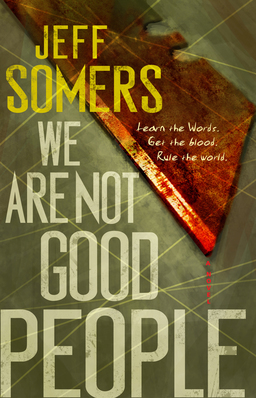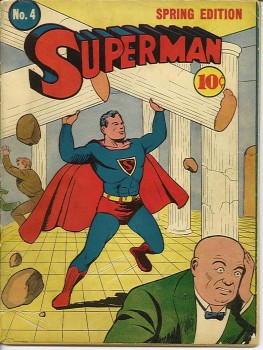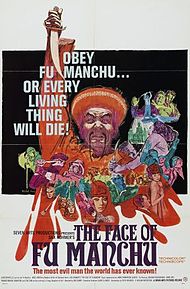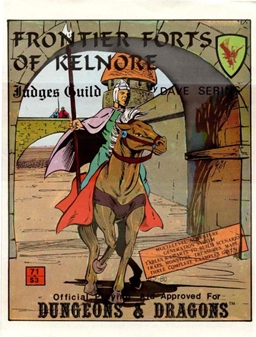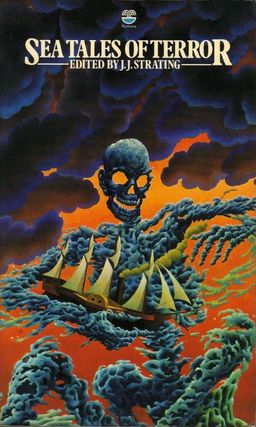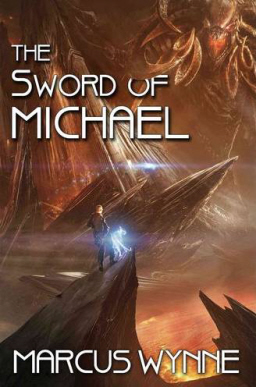Amal El-Mohtar reviews “Witch, Beast, Saint” by C.S.E. Cooney

Erotic fiction makes me blush. You know how some people have to cover their eyes when watching horror movies? I’m like that with erotic fiction. When C.S.E. Cooney submitted short stories to Black Gate, I had to peek between my fingers to read them. We published two, “Godmother Lizard” and “Life on the Sun,” (which Tangent Online called “bold and powerful… on a scale of 1 to 10, I rank this one as a twelve”), and I had to look the other way while editing them.
Fortuantely, there are readers braver than I. Over at Tor.com, Amal El-Mohtar has reviewed C.S.E’s new story, “Witch, Beast, Saint: an Erotic Fairy Tale,” saying in part:
Absolutely no one writes fairy tales like Cooney…what Cooney does is make you feel as if you’re a citizen of fairy tale space, inhabiting the lands and experiencing the stories adjacent to those better-known: Cinderella might be a few towns over, but she doesn’t matter here. Cooney writes new fairy tales with a vigour and velocity that make me remember how I felt on first discovering The Snow Queen in a book too big for my lap…
A witch discovers a beast dying in a forest, and takes him home to keep. She can tell right away that he was once a man; she washes and revives him, feeds him, takes care of him, and they become companionable. Soon they become rather more than that; not long afterwards, the arrival of an itinerant saint troubles their romance…
It was shockingly delightful to me to see such a beautiful depiction of enthusiastic consent, kink, and polyamory in a fairy tale setting — no technical terms, no rhetoric, just the cheerful twining of compatible desires in a magical world.
C.S.E. Cooney is a past website editor of Black Gate, and the author of How to Flirt in Faerieland and Other Wild Rhymes and Jack o’ the Hills. “Witch, Beast, Saint” was published at Strange Horizons; read the complete story here. And read Mark’s recent interview with C.S.E. Cooney here.
